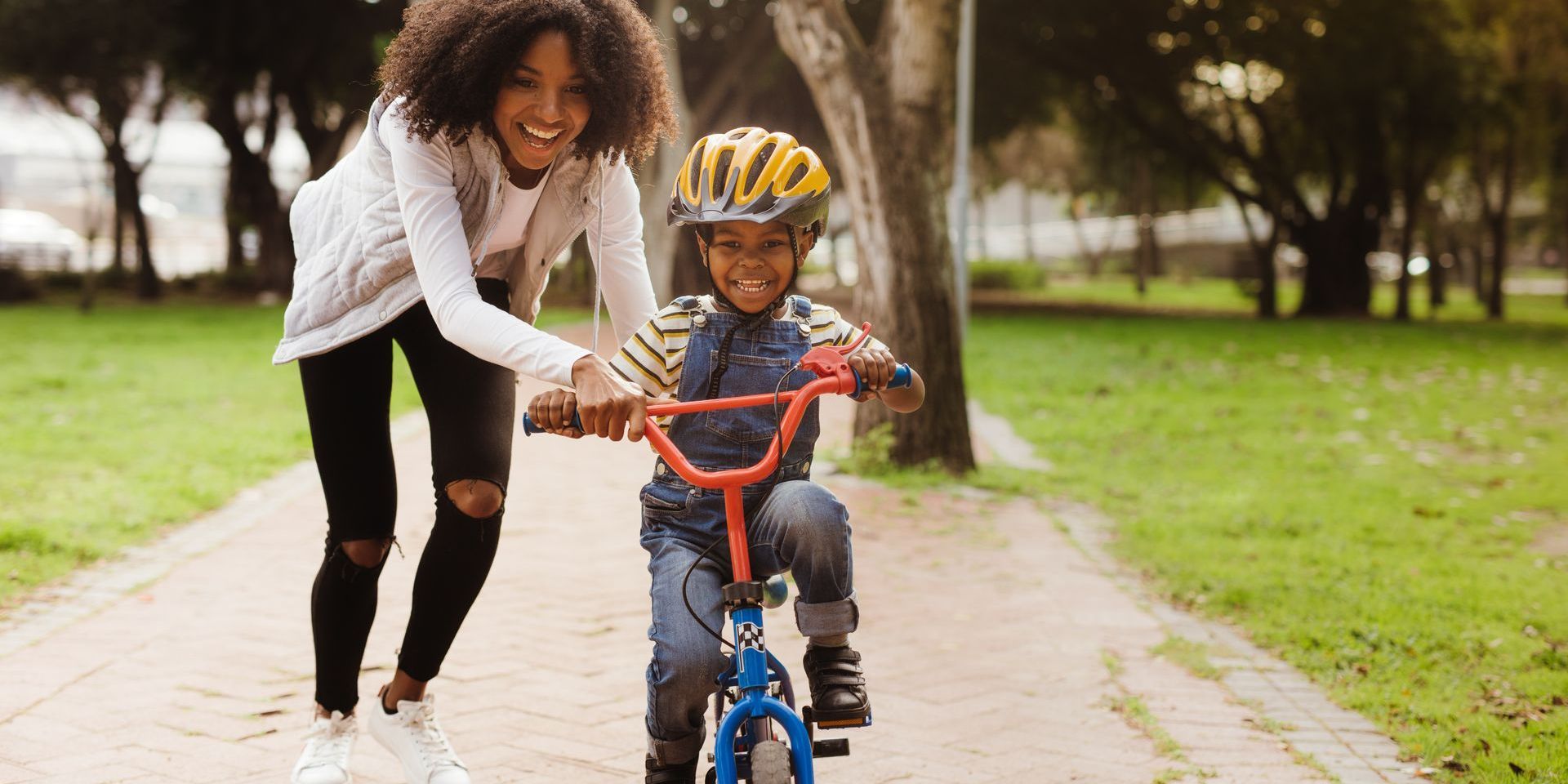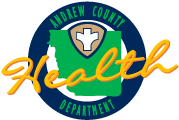Children Safety
- Mon - Fri
- -
- Sat - Sun
- Closed

Protecting Your Little Ones Every Day
Keeping children safe is a priority for every parent and caregiver. From car seats to playgrounds, there are steps you can take to ensure their safety in all areas of life. Here’s what you need to know:
Car Seat Safety
Using the right car seat and installing it properly can save lives.
- Rear-Facing Seats: Protect infants and toddlers by keeping them rear-facing as long as possible.
- Forward-Facing Seats: Transition to a forward-facing seat with a harness when your child outgrows the rear-facing seat.
- Booster Seats: Use a booster seat to ensure the car's seatbelt fits properly as your child grows.
- Seat Belt Ready: Once your child is big enough, ensure they always use a seatbelt.
Always keep children in the back seat until at least age 13 for maximum protection.
Safe Sleep Practices
Following the ABCs of safe sleep can reduce the risk of Sudden Infant Death Syndrome (SIDS):
- A – Alone: Babies should sleep alone in their crib, without stuffed animals, blankets, or bumpers.
- B – Back: Always place your baby on their back to sleep.
- C – Crib: Use a crib that meets current safety standards.
Home Safety Tips
- Secure furniture and TVs to prevent tip-overs.
- Keep small objects, cords, and household cleaners out of reach.
- Use safety gates for stairs and secure windows to prevent falls.
- Install outlet covers and keep cords safely tucked away.
Playground Safety
- Always supervise children at the playground.
- Ensure equipment is age-appropriate and free of hazards like sharp edges or loose parts.
- Use play areas with safe surfaces like mulch or rubber mats to minimize injuries.
Bike and Outdoor Safety
- Always have children wear a properly fitting helmet when riding bikes or scooters.
- Teach children road safety rules, like stopping at crosswalks and watching for vehicles.
Stranger Safety
- Talk to your child about being cautious around strangers and what to do if they feel unsafe.
- Teach them to memorize your phone number and address.
By staying proactive and informed, you can create a safe environment for your children, both at home and in the community.
Your Child’s Safety is Our Priority
Simple steps can make a big difference in your child’s well-being. Always be aware, stay informed, and take action to keep your little ones safe every day.
Additional Resources
Need Assistance?
Have questions or need guidance? Our team is here to help! Reach out today and let us support your health and wellness journey.
Contact Us
info@andrewcountyhealth.com
106 North 5th Street, Savannah, Missouri 64485, USA
- Mon - Fri
- -
- Sat - Sun
- Closed



